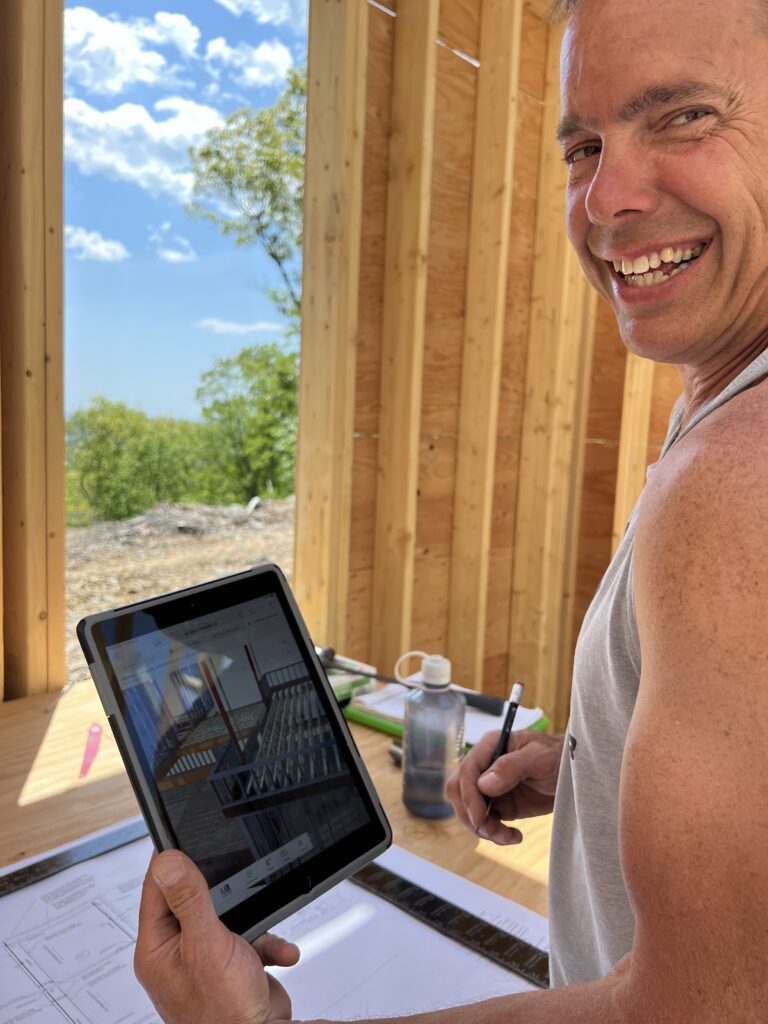If you read our recap from our team offsite, Behind the Scenes: May Team Offsite, you got a little intro to how we best work with our contractors. While we are architects for all of our projects, we are also Construction Managers for several of them. For more information about our Construction Management process please visit Behind the Scenes: An Introduction to Construction Management. With insights as both architects and construction managers, and having worked with local contractors in the area for several years, we’ve learned a few things about how to best work with contractors. Of course we are always learning and building new relationships so I’m sure these thoughts will continue to evolve as we do!
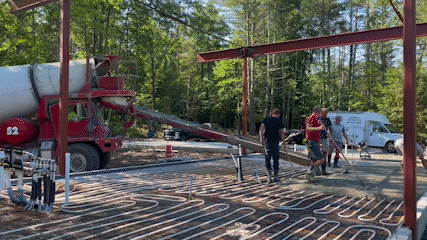
Communication
Everything related to setting up a good relationship with a contractor begins and ends with communication. In this post we’ll break down all of the important aspects of communication with contractors and clients as projects begin construction. From initial walk-throughs of the project, having an open line of communication, facilitating relationships between contractor and client, inviting questions, and learning from each project, communication is key.
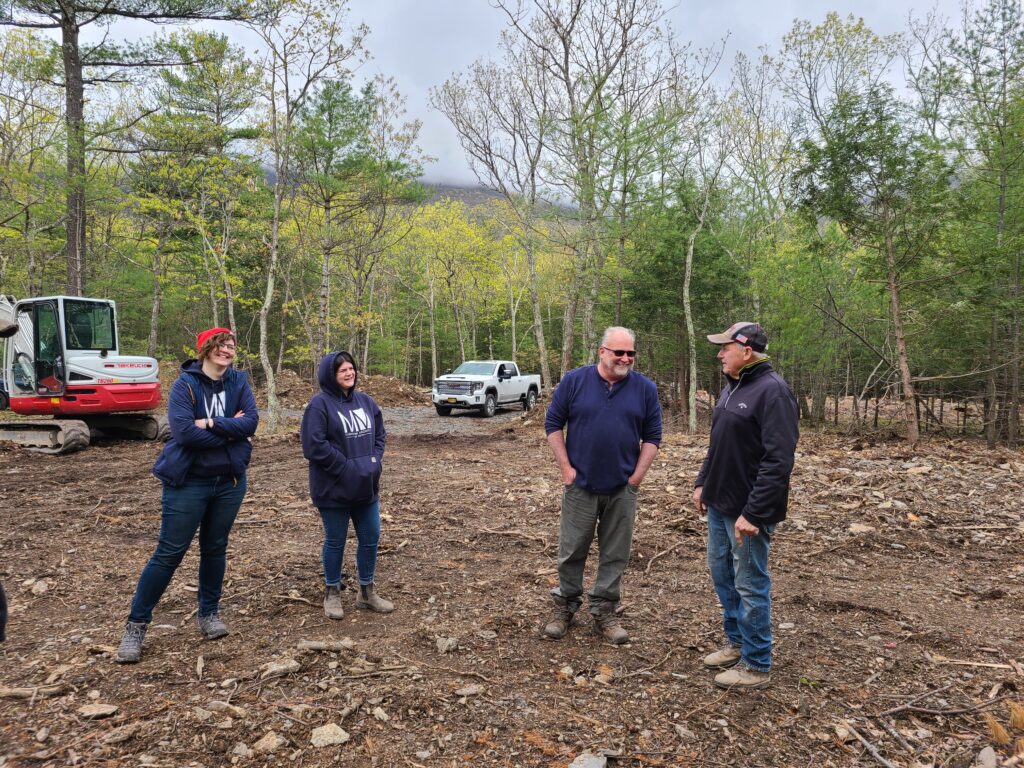
Walk-Throughs
At the beginning of each project we like to walk our contractors through the project. This often happens in the bidding phase. During this conversation, we establish goals of construction and of the project to make sure we are all on the same page of the design and goal for our clients. Often we’ll point out specific details that we’ve designed to make sure our contractors are on board.
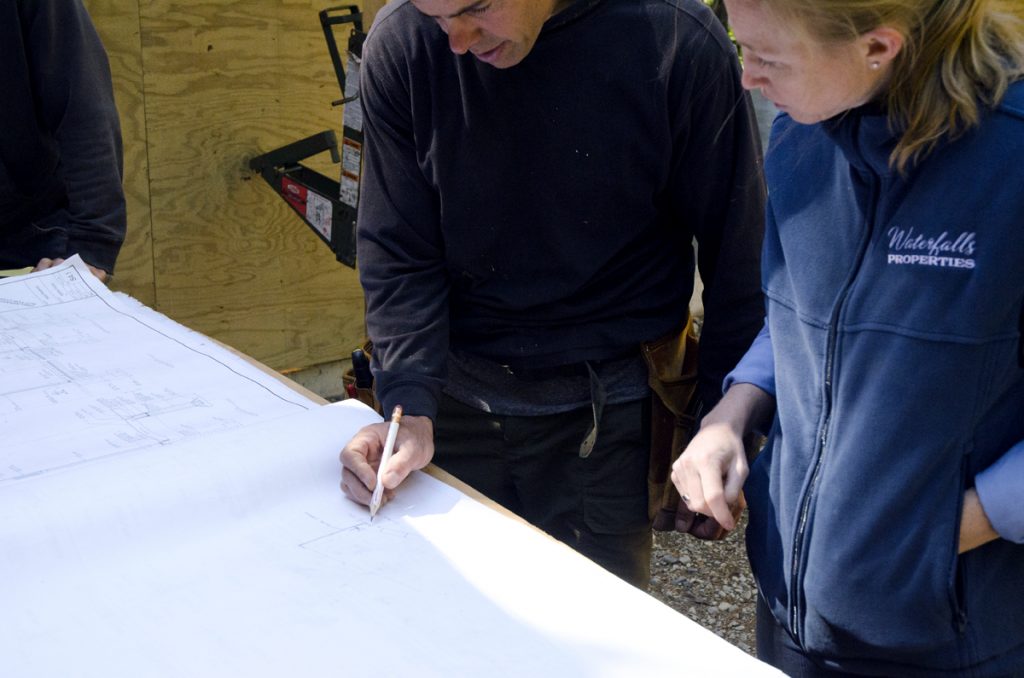
Not only do we go over the plans prior to construction, but through every milestone during construction we physically walk-through each project to make sure everything looks as we’ve designed. These milestones include initial stake outs, excavation, plumbing and electrical rough in, foundation pours, framing, drywall…basically any time that a new tradesperson comes onsite. Sometimes measurements can be slightly off and we’ll need collaborate to come up with a solution that will not cause any issues in the future construction. We’ll have a checklist of things to make sure the progress is accurate and we’ll answer any questions our contractors may have for us. It’s always so much easier to be on site to answer questions where we can problem solve together, point to exactly what someone is talking about, and overall be more productive than over the phone.
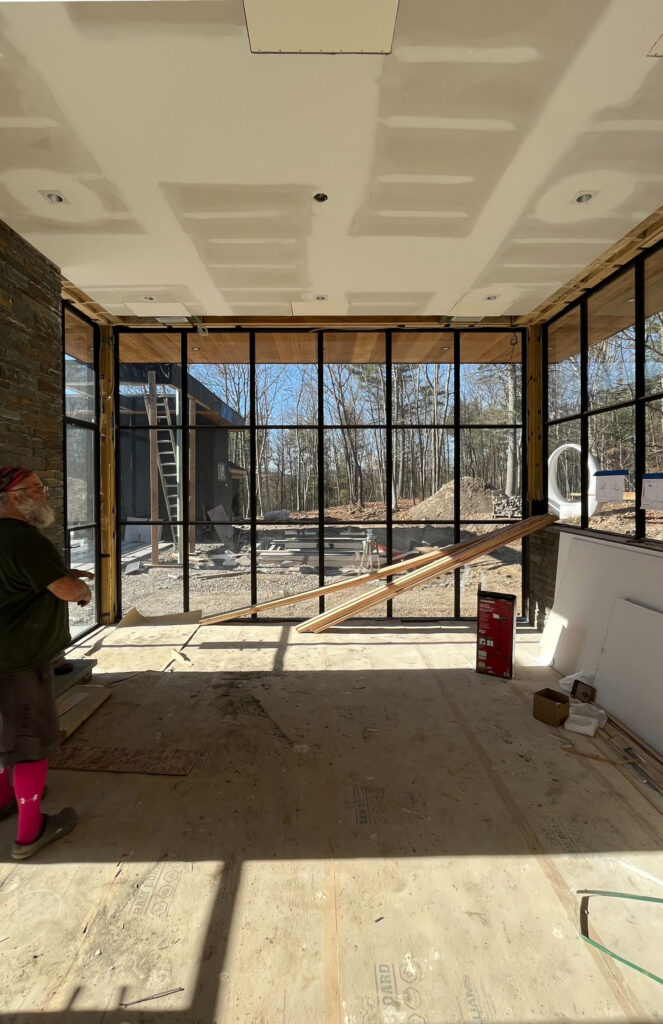
Open Conversations
Unfortunately there are times where construction doesn’t go as planned or isn’t executed properly. While we always try to make sure this doesn’t happen, sometimes it does. Ultimately everyone is human and sometimes mistakes are made! We never want our contractors to be afraid to tell us something that has gone wrong on site or during construction. By establishing an open line of communication from the get-go, we are able to establish accountability within the project. At the end of the day, we are all working towards building our clients’ dream homes and building and designing to our best abilities and high standards. By sharing this common goal, we each understand our roles and know that brining up any conflicts sooner rather than later will be better for the project!
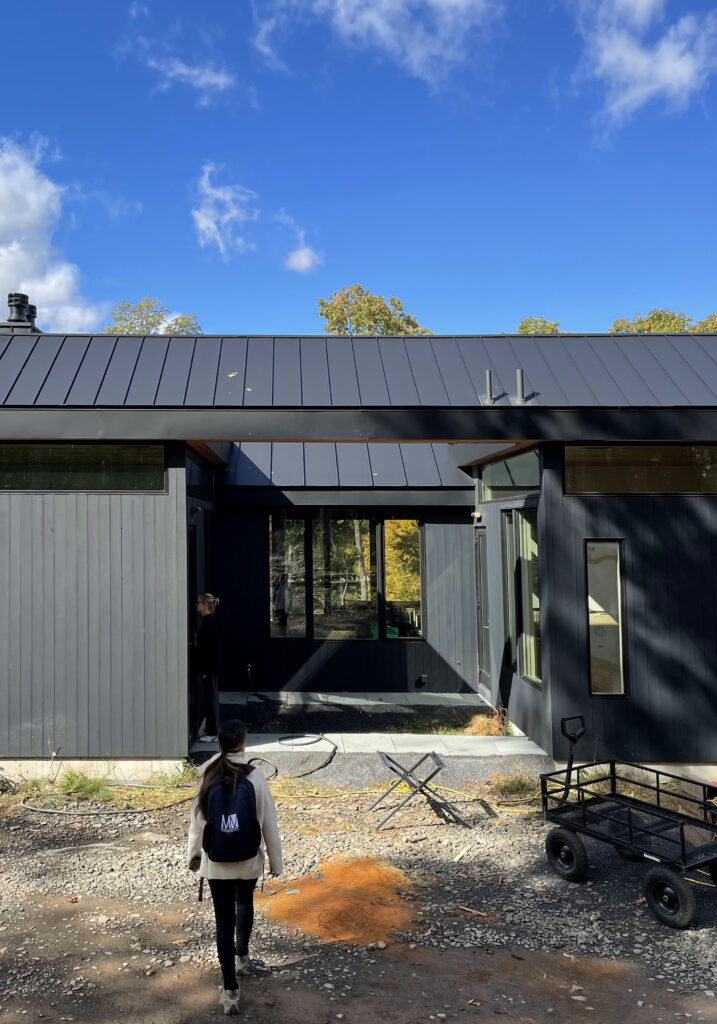
Another aspect of being open is understanding our contractors and subcontractors’ abilities and capacities. Every contractor is different with their own strengths and weaknesses. By working together and having an adaptive mindset we know when we need to give more direction or when we can step back. Sometimes we’ve heard feedback from subcontractors that executing a detail that we’ve designed is extremely complicated or costly. Since we take feedback from subcontractors seriously (they’re often the experts!) we then began designing details more in line with their abilities and preferences. In this case, the conversation with the subcontractor happened a few years ago – so the detail we were using effectively became a design standard in our studio. Recently, a new subcontractor recently pointed out that of course they could do a more complicated detail that we had simplified in our design. We had neglected to remember that new subcontractors mean new preferences and new capabilities! This particular instance was a great reminder that we should always see what our builders are capable of and be excited to create gorgeous details with them, constantly pushing the standards of our design.
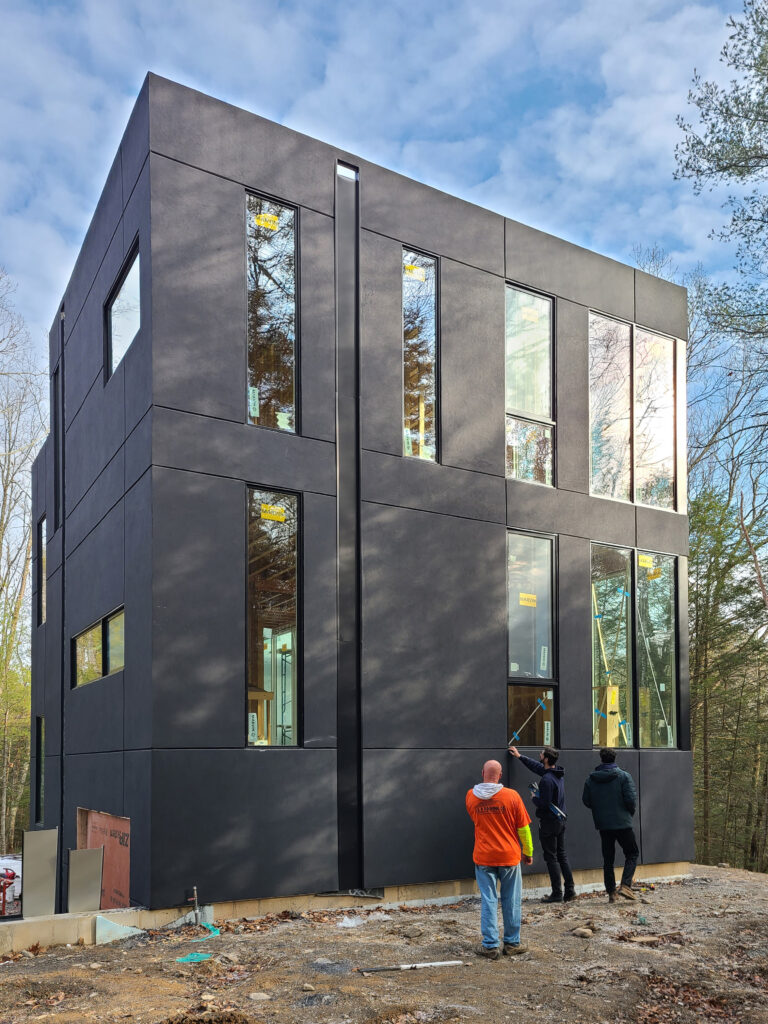
Open communication with our contractors and with our clients goes hand-in-hand with our facilitation between contractor and client. It is important to establish a good relationship between our clients and contractors. Some contractors and clients work really well together, while that same great contractor may have friction with another client. Our job is to, again, make sure that everyone is on the same page and aligned on the common goal of getting the project built and built well.
Questions
Questions are so important throughout construction! From all sides – contractor, client, and architect – questions are welcome and encouraged! Sometimes a contractor has a different way of building something than we have detailed in our drawings. In these instances, the contractor will propose their own ideas and ask what we think about them. We can always ask follow up questions to make sure their idea will work with the rest of the home and the budget. In our conversation with Cherry Hill Construction that we talked about in our post about our offsite, we asked them if there have been ways we can design better or better help the construction process. By asking this question we were able to gain insightful reflections from the Cherry Hill team to learn and continue to improve our practice.

Encouragement
With deadlines in sight and clients eager to live in their new home, getting contractors on site, or making some subcontractors revisit and redo or fix their work if it did not look the way we had agreed upon, communication can get a little tense. Even if a project is behind schedule we like to let our contractors know when their work looks great. While this may seem obvious to do, surprisingly it doesn’t always happen in the construction world! Some contractors have told us that they are only ever contacted if there’s bad news or disappointment so they are pleasantly surprised when we tell them we love how something looks (even better when our clients visit the site, love it and let us know!). To foster encouragement and true collaboration in each project, we want our (sub)contractors to know that we value their work. Our designs can only come to life by those who are on site every day building them.
